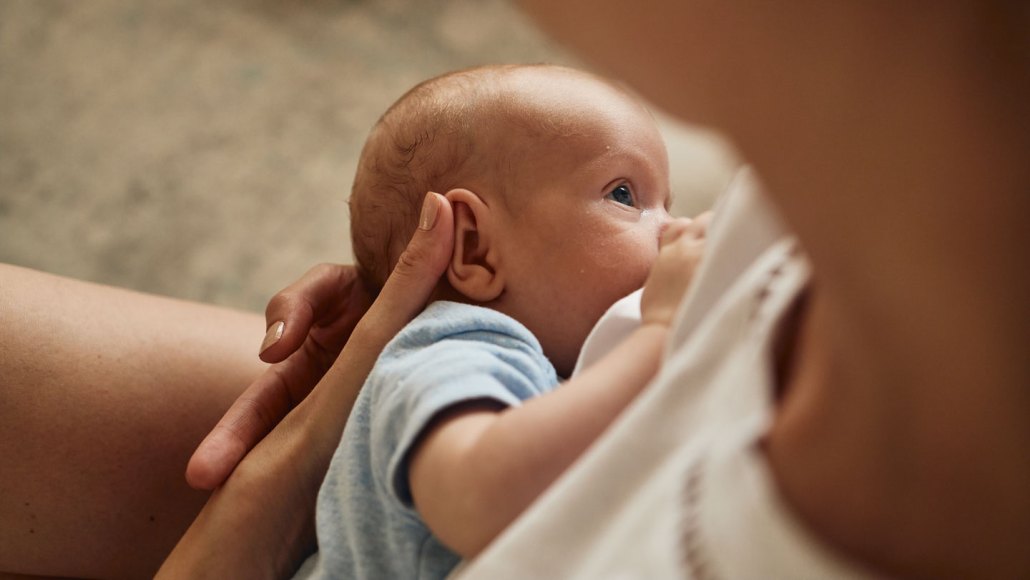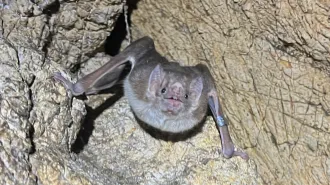Could babies get bird flu through breast milk? Maybe, a study hints
The H5N1 virus may latch onto sugars in human breast tissue

Nursing parents infected with bird flu might pass the virus to their babies, a new study hints. That's because human mammary glands contain sugars that H5N1 and other avian influenzas can use to infect cells.
SanyaSM/Getty Images







